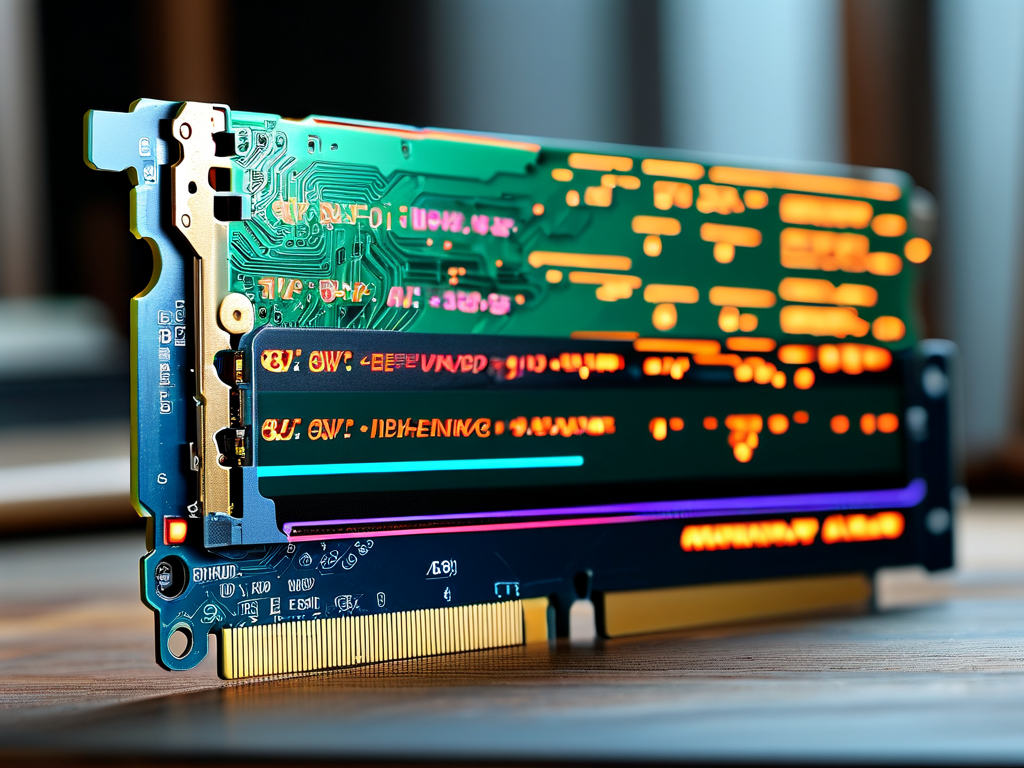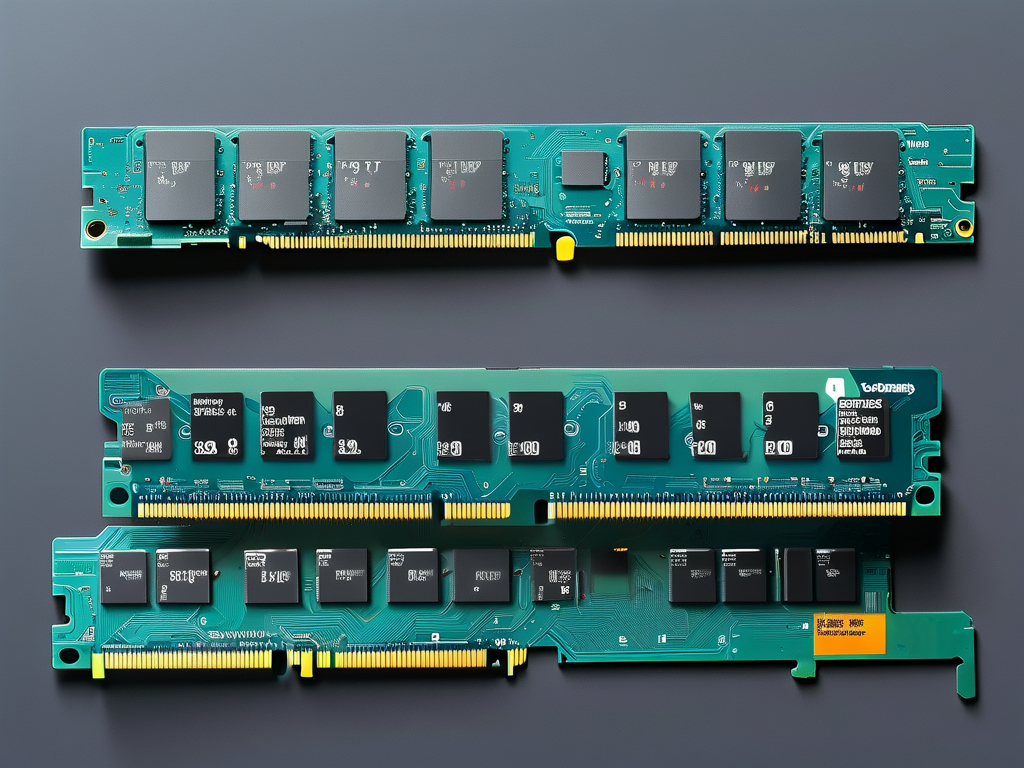Huawei’s advancements in computing technologies have positioned it as a key player in the global tech landscape. However, questions about the efficiency of its computational memory space—particularly regarding speed—have sparked debates among developers and enterprise users. This article examines the technical nuances behind Huawei’s memory architecture, compares it with industry benchmarks, and explores real-world implications for high-performance computing.

Understanding Computational Memory Space
Computational memory space refers to the allocation and management of memory resources during data processing tasks. For Huawei, this involves a combination of hardware design (such as its Kunpeng and Ascend processors) and software frameworks like MindSpore. The company’s approach emphasizes energy efficiency and scalability, but speed remains a critical metric for users handling latency-sensitive workloads like AI training or real-time analytics.
Hardware-Software Synergy
Huawei’s memory architecture leverages a heterogeneous computing model, integrating CPUs, GPUs, and NPUs (Neural Processing Units). This design aims to reduce data transfer bottlenecks by optimizing memory access patterns. For instance, the Ascend 910 AI processor incorporates 32GB of High Bandwidth Memory (HBM2), which theoretically offers 1TB/s bandwidth. While these specs align with competitors like NVIDIA’s A100, real-world performance depends on software optimization.
Developers working with Huawei’s CANN (Compute Architecture for Neural Networks) toolkit report mixed experiences. One user noted, “Task scheduling improves throughput, but initial memory allocation delays can affect iterative workflows.” Such feedback highlights the balance Huawei strikes between raw speed and system stability.
Benchmark Comparisons
Independent tests comparing Huawei’s memory performance against industry standards reveal context-dependent results. In a controlled environment running ResNet-50 training, Huawei’s Ascend 910 matched NVIDIA’s V100 in total computation time but showed 12% longer memory initialization phases. This gap narrows in distributed computing scenarios where Huawei’s DaVinci architecture excels at parallelizing tasks across nodes.
However, niche applications like high-frequency trading or edge computing—where microseconds matter—may favor alternatives. For example, Samsung’s HBM2E implementation delivers marginally faster latency times in single-threaded operations. Huawei’s focus on scalable solutions over peak-speed specialization explains this trade-off.
Software Optimization Challenges
A recurring theme in user discussions is the learning curve associated with Huawei’s software stack. Frameworks like MindSpore require developers to manually optimize memory usage through techniques such as memory reuse and dynamic scaling. While this grants fine-grained control, it demands additional coding effort compared to CUDA’s automated memory management.
Code snippet illustrating memory reuse in MindSpore:
import mindspore as ms
from mindspore import nn
class CustomNet(nn.Cell):
def __init__(self):
super().__init__()
self.layer1 = nn.Dense(1024, 2048)
self.layer2 = nn.Dense(2048, 1024)
def construct(self, x):
x = self.layer1(x)
x = self.layer2(x)
return x
net = CustomNet()
net.auto_reuse = True # Enables memory reuse
This flexibility benefits resource-constrained environments but may delay time-to-results for teams lacking expertise.
Industry Use Cases
Enterprises adopting Huawei’s solutions often prioritize long-term scalability over raw speed. A telecom operator using Huawei’s GaussDB reported a 30% reduction in server costs after migrating from an x86-based system, despite a 5% increase in query latency. Similarly, smart city projects leveraging Huawei’s Atlas servers emphasize the system’s ability to handle concurrent IoT data streams reliably, even if individual tasks aren’t record-breaking.
Huawei’s computational memory space isn’t inherently slower—it’s engineered for specific trade-offs. While peak speeds may lag in micro-benchmarks, its strength lies in balanced performance for large-scale, heterogeneous workloads. For organizations prioritizing stability, scalability, and total cost of ownership, Huawei’s approach offers a compelling alternative. As the company refines its software tools and expands developer support, perceived speed limitations will likely diminish, solidifying its role in next-gen computing ecosystems.









